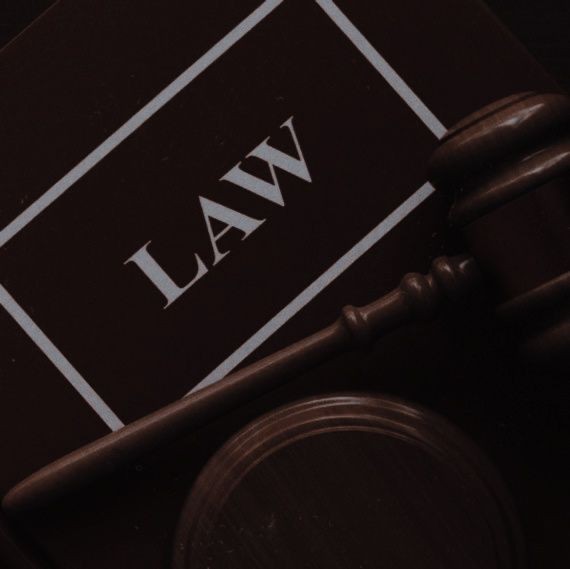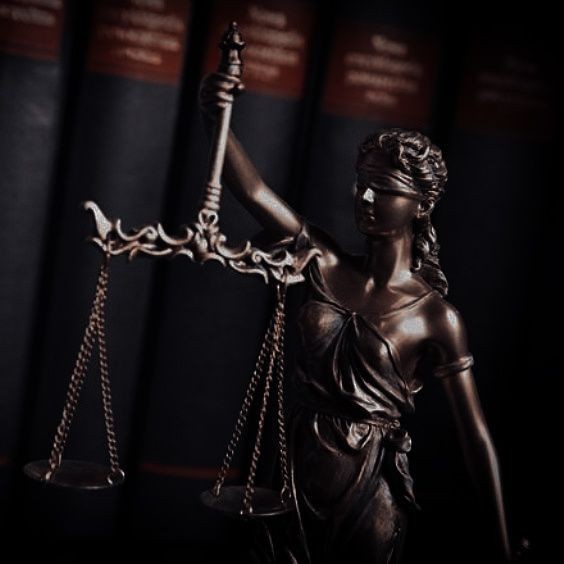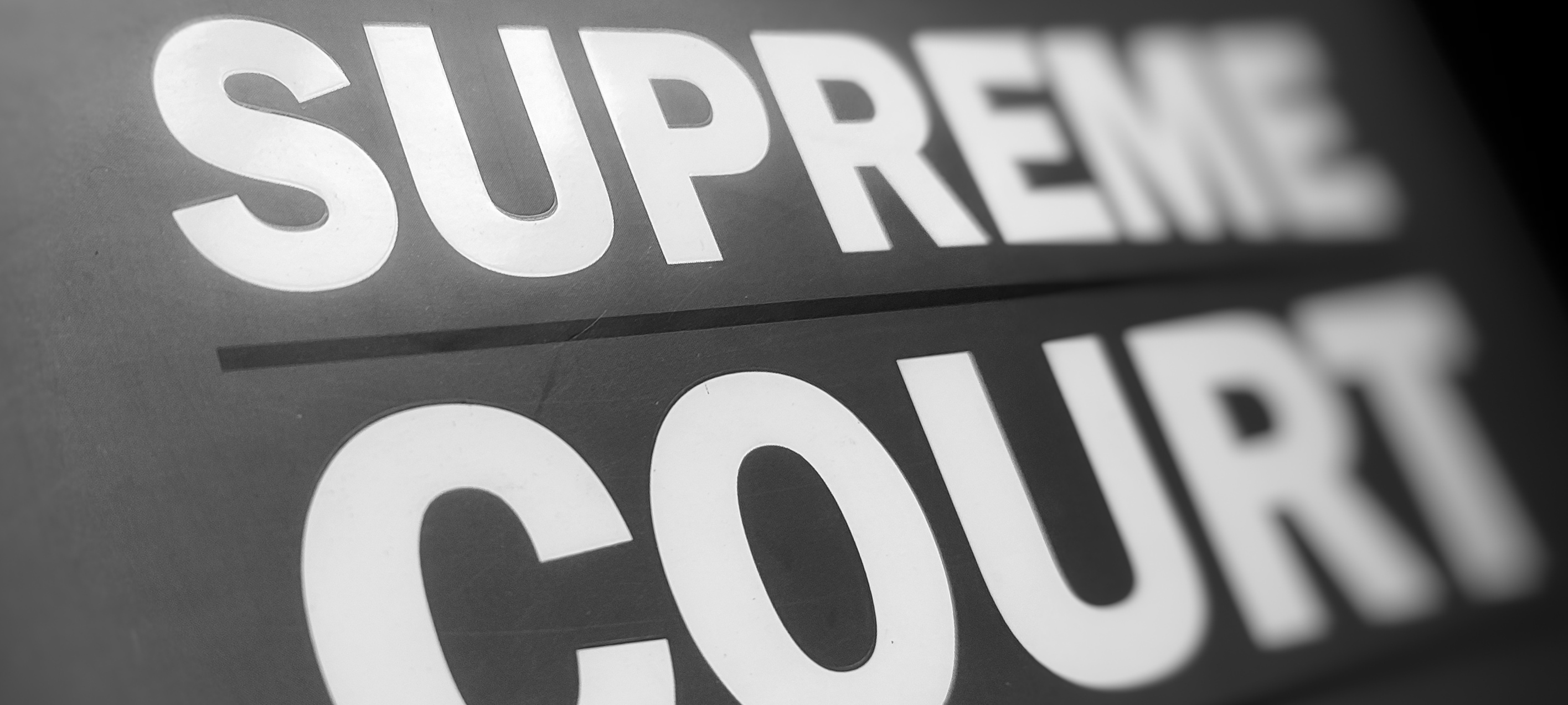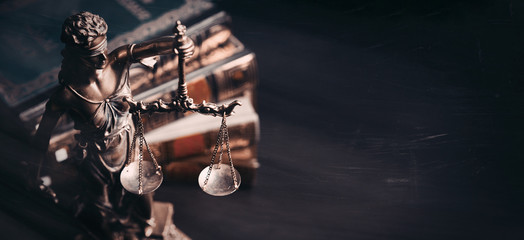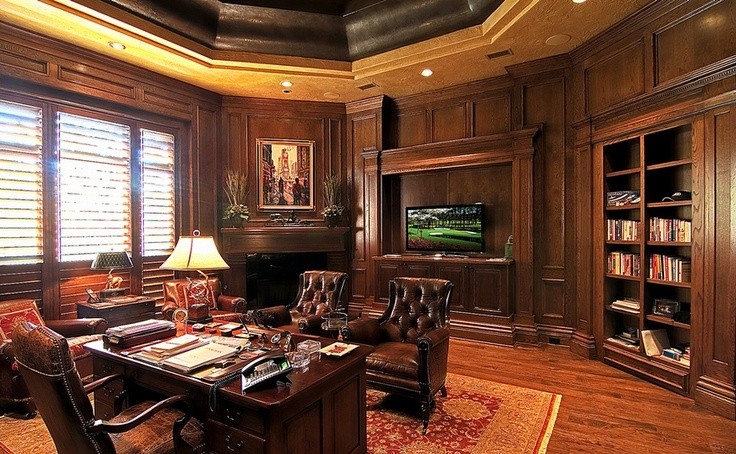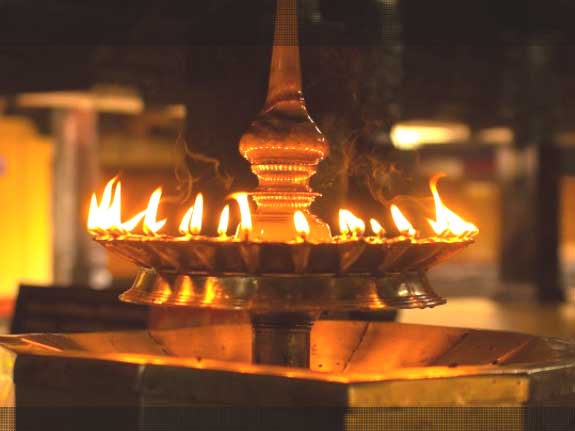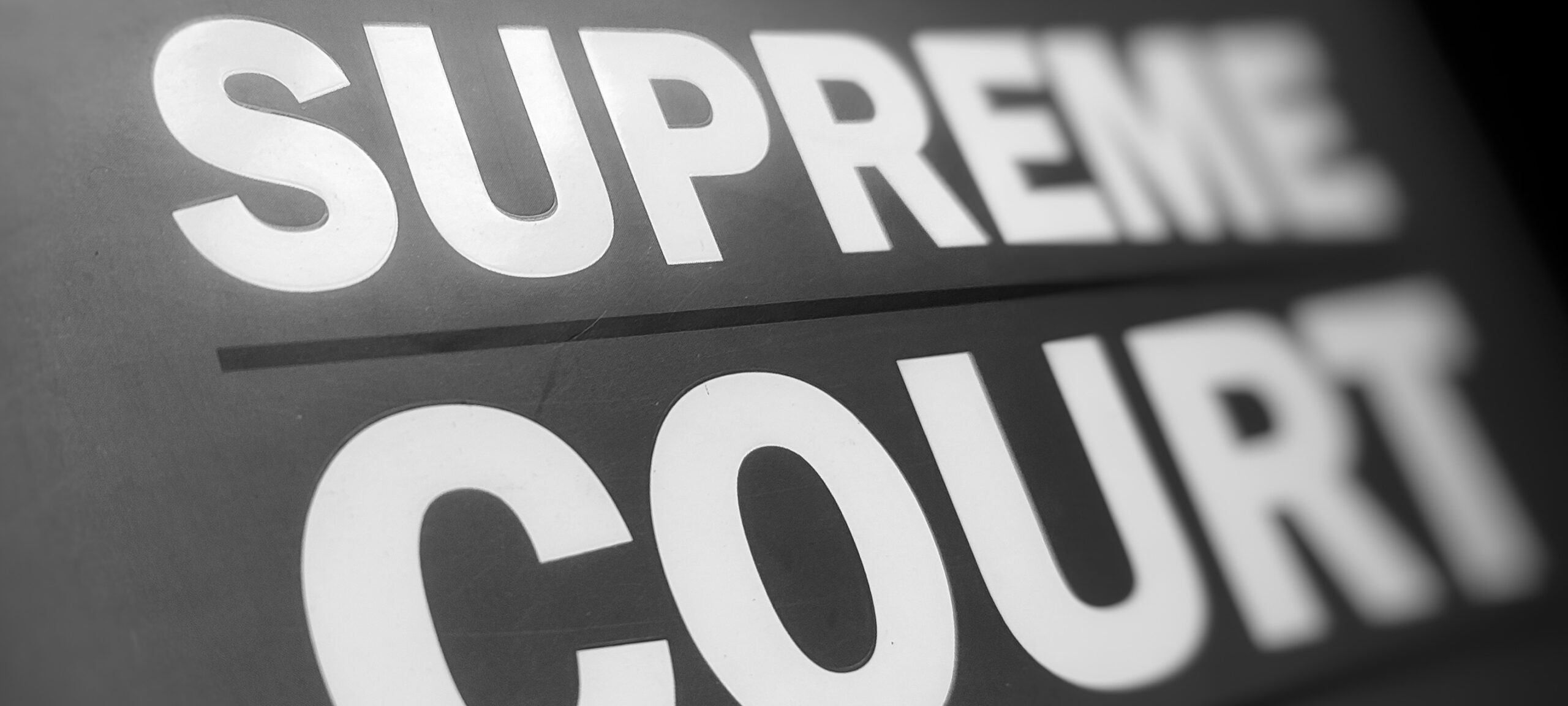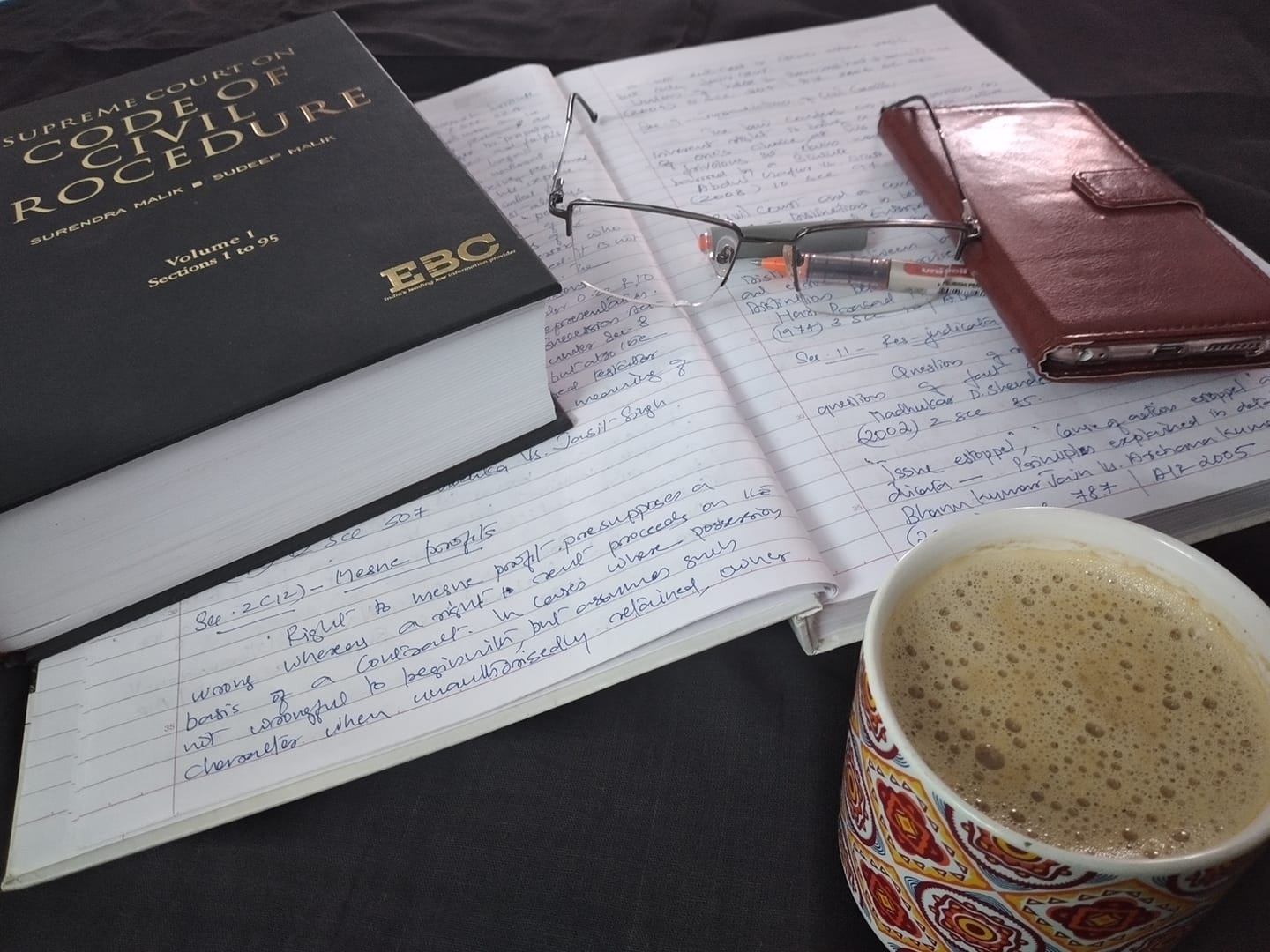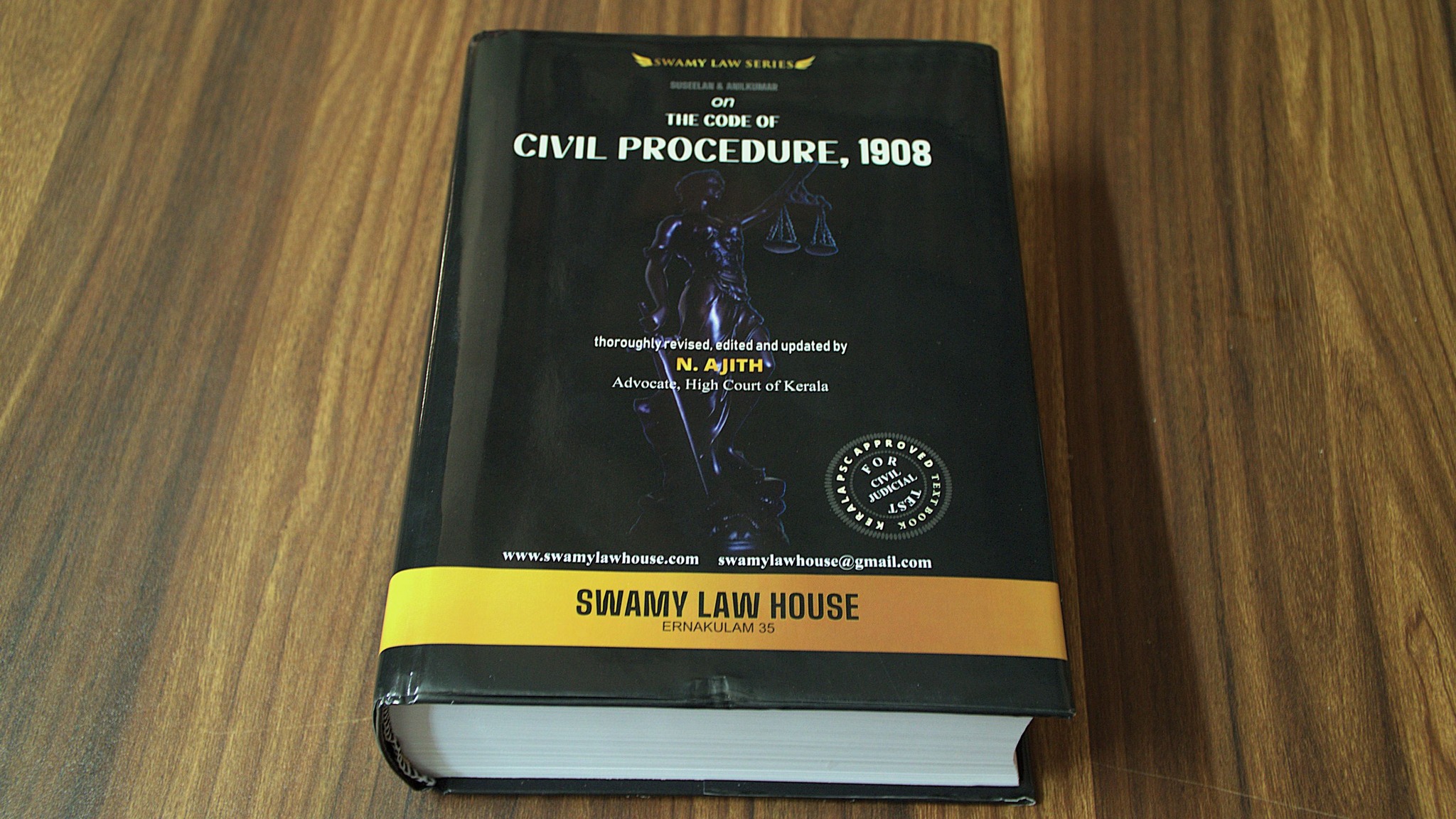Role of precedents : SC
Supreme Court need not discuss each and every decision cited and instead should follow and apply only those decisions which deal with the aspect of law involved in the case in hand. Court can advance the law, provided the same should be reconcilable with binding precedent. This approach should be followed by co-ordinate or co-equal Benches and smaller Benches of Supreme Court as well as by Subordinate Courts.
If co-ordinate Bench doubts ratio decidendi of previous Bench, it should refer the matter for decision by a larger Bench - Constitution of India, Arts. 141 and 144.
The Supreme Court, and even more so the High Court as well as the Subordinate Courts have to face lengthy arguments in each case because of the practice of citing innumerable decisions on a particular point of law. The correct approach is to predicate arguments on the decision which holds the field. There is little or no advantage to be gained from the manner in which the Court may respond to the factual matrix as other Courts may legitimately place emphasis on seemingly similar facts to arrive at a different conclusion. The manner in which a Bench appreciates the factual matrix before it can obviously be of value only if a subsequent case presents identical facts, which remains a rarity. But the ratio decidendi has to be adhered to. The counsel must therefore exhibit circumspection in the number of cases they cite. The sheer plethora of precedents makes it essential that the Supreme Court should abjure from discussing each and every decision which has dealt with a similar question of law. Failure to follow this discipline and regimen inexorably leads to prolixity in judgments which invariably is a consequence of lengthy arguments.
The rule of precedence, which is an integral part of our jurisprudence, mandates that this exposition of law must be followed and applied even by co-ordinate or co-equal Benches and certainly by all Smaller Benches and Subordinate Courts. If a co-ordinate Bench considers the ratio decidendi of the previous Bench to be of doubtful efficacy, it must comply with the discipline of requesting the Hon'ble the Chief Justice to constitute a larger Bench. It is a legitimate exercise, perfectly permissible for the Benches to advance the law provided this exercise does not lead to a conclusion which is irreconcilable with a binding precedent.
Subsequent decision which squarely governs the issue in question would be binding as against other precedents which may be more generally or broadly relevant.
Furthermore, there are some instances of decisions even of a Single Judge of the High Court, which having withstood the
onslaughts of time is have metamorphosed into high authority demanding reverence and adherence because of its
vintage and following in contradistinction of the strength of the Bench.
This is a significant characteristic of the doctrine of stare decisis.
please see -- Rashmi Metaliks Ltd. v. Kolkata Metropolitan Development Authority (2013) 10 SCC 95
- SBI v. Arvindra Electronics (P) Ltd. (2023) 1 SCC 540


